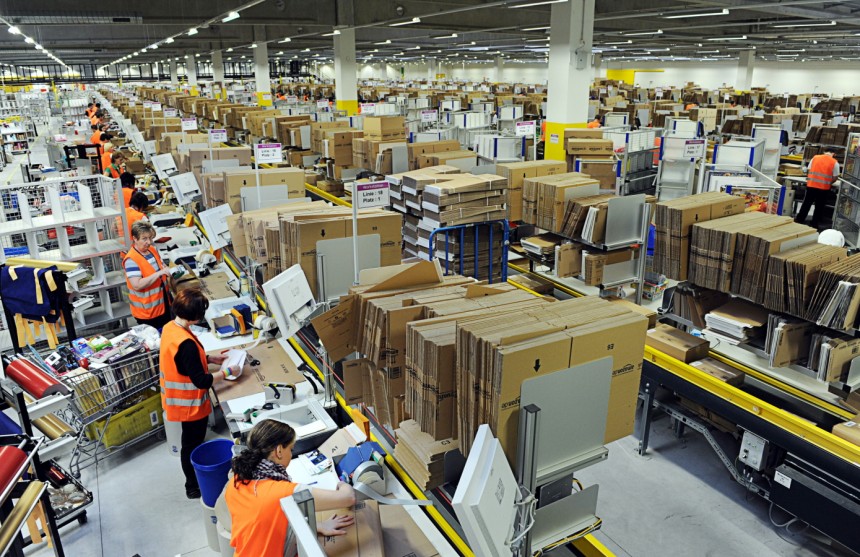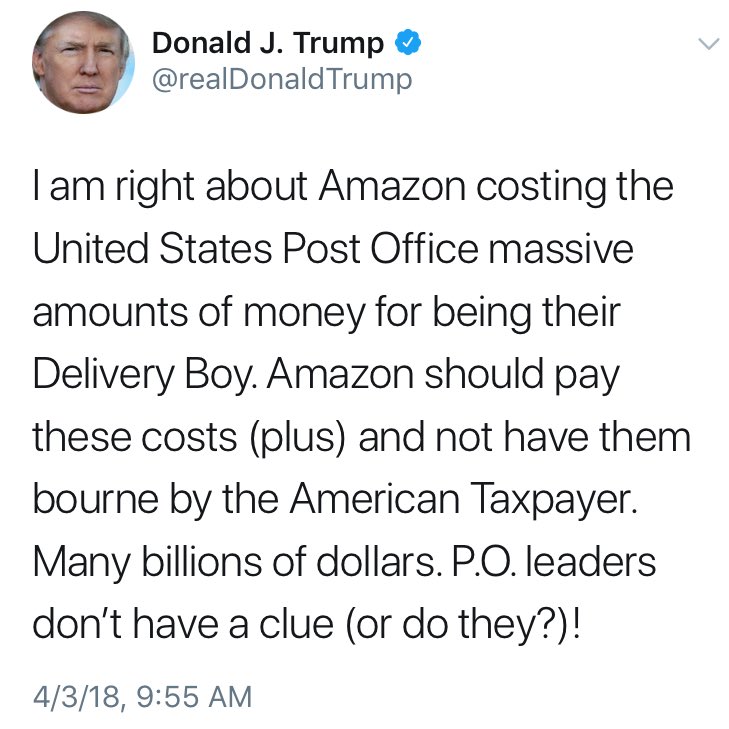Quarter after quarter Amazon’s results only prove one thing: This e-commerce company has taken over the soul of online shopping. How did Jeff Bezos, the richest man in the world today, manage to make Amazon the driving force of e-commerce? Is it the innovation, the customer experience, or the technology? Or a combination of everything coupled with Bezos’s risk-taking ability that has really paid off. The last decade has proved that the company can even take on noncore businesses and still win. For instance, with AWS and Amazon Prime Video — to the world, they might have seemed like absurd investments coming from an e-commerce space. However, both TV programming and Amazon’s cloud computing business have turned out to be a huge wins for them. Bezos has been able to take user data and spin it into gold, giving customers everything they need at the click of a button. So, with millions of customers and suppliers and thousands of employees to manage, how does the world’s largest e-commerce company stay afloat and tackle challenges? As their dominance grows, so do some of the battles they face.

To start with, Amazon faces real challenges keeping its employees happy around the world. Unlike Google, which pays a team of people to keep employees happy, healthy, and productive, Amazon doesn’t seem to prioritize employee satisfaction. If employee surveys and reports are anything to go by, workers are required to work overtime, work for weeks without a day off, and barely allowed a sick leave in several countries. In his book “Hired: Six Months Undercover in Low Wage Britain,” James Bloodworth mentions that Amazon factory workers use bottles to pee in instead of using the bathroom because the work demands are intense and walking to the nearest toilet will cut into their working time. James also said in an interview that Amazon warehouses looked and felt like a prison where all workers were constantly under security scanners to make sure there was no stealing of products like toys, clothes, and accessories. In China, though the law sets the limit at 36 unpaid overtime hours, investigators reported that Amazon employees were working 100 hours overtime per month during the peak season. The wages are so low, one has to put in extra hours in the factory to have a decent lifestyle. In addition to being overworked, factory employees complained that there was inadequate training, hardly any sick leaves, and little access to food.
Besides the employees, suppliers have had reasons for frustration, too. A year into the humongous acquisition of Whole Foods for $13.7 billion, suppliers have been affected by the 3 percent fee to restock items in the grocery store. Suppliers were worried that Amazon was gaining more control over the Whole Foods supply chain making it harder for small and local brands to sell. The integration with Amazon also led to hundreds of marketing employees to be laid off. These layoffs further led to many of the senior managers and food executives leaving the company saying Whole Foods was now losing its own identity and ideals after merging with the giant Amazon.

The ‘Amazon effect’
Brick-and-mortar stores are forced to innovate and find creative ways to draw in customers to survive the “Amazon effect.” Several malls and luxury brands operating in buildings are offering anything from children’s play areas, coffee shops, yoga classes to aquariums — making all the effort to get shoppers away from their computers. While a large segment of society wants to shop in the comfort of their home, many shop in a physical store and are excited to explore the new concepts — be it getting a tattoo while shopping for watches or getting a fish pedicure while waiting for your order to be delivered. Offline stores are exploring everything and doing anything they can to survive the big fat Amazon effect.
Large retailers have gone into partnerships with Amazon as well. It’s been a year now since Kohl’s allowed the e-commerce giant to set up Amazon return centers in several of its locations across Chicago and Los Angeles. One constant feedback Amazon receives from buyers is on the return process and how consumers wish it were easier. And now with the partnership with Kohl’s, Amazon has that opportunity to improve on their return process by using a brick-and-mortar Kohl’s store. And If Kohl’s wishes to win in the partnership, they have to work hard to grab the attention of the Amazon customer now walking into their stores who may not have been a loyal Kohl’s shopper before.
Besides the employees and suppliers, President Donald Trump himself has accused Amazon of having detrimental effects on the U.S. economy. For a long time, Amazon was able to ignore the state and local taxes on the premise that they didn’t have a “physical presence” and the tax law only required sales taxes to be paid by stores within the state. The Amazon experts argued that collecting sales taxes is a logistic burden. There’s also no advantage to collecting sales tax in states where the company doesn’t maintain any facility. However, Amazon has recently been in the headlines after the courts passed laws requiring even online industries to collect sales taxes from their third-party vendors. Although Amazon collects sales tax from products they sell directly, it still doesn’t collect taxes from many of their third-party sellers simply because some states don’t require it and Amazon doesn’t have a physical presence in these states. While Amazon faces some opposition with the law here and is still sorting out the case, it’s the small and medium-sized online businesses that will be affected by this sales tax laws.

Many experts agree it’s time for the government to make clear tax rules that exempt small businesses from these taxes to help them take advantage of the online world and create more employment opportunities locally. And as far as Amazon is concerned, they suspect that Amazon’s opposition to taxes is simply driven by wanting a competitive edge over its counterparts who’re forced to pay a 5 percent to 10 percent tax.
In one of his tweets, Trump said, “Why is the United States Post Office, which is losing many billions of dollars a year, while charging Amazon and others so little to deliver their packages, making Amazon richer and the Post Office dumber and poorer? Should be charging MUCH MORE!” The president has also charged them regarding sales and state taxes, jobs and outsourcing. Is Trump right in his assessment of Amazon?
Only getting bigger
Given all the controversies and criticism, it is easy to point fingers on the aggressive retail structure of Amazon, but the truth is that the technology and intelligence that Amazon has built on over the years is the same technology both large, medium and small retailers have had at their fingertips as well. Amazon has gotten ahead of the game through its thought leadership, innovation, and invention. Given their bold partnerships with companies like Whole Foods and Kohl’s, we can certainly expect many more interesting partnerships from all spheres of retail in the future. It’s now up to other small and big companies to look to Amazon as inspiration and not solely as a rival.
Featured image: Shutterstock



